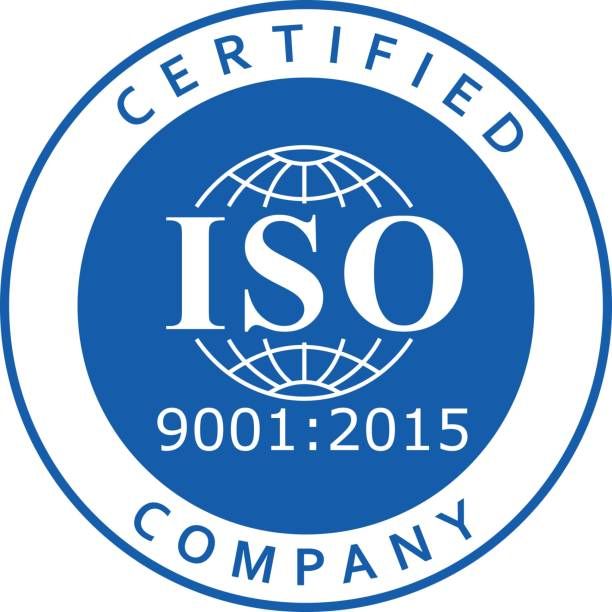
Implementing traditional ISO standards can be challenging for organizations due to several factors:
ISO standards are comprehensive and often involve detailed processes, which can be difficult to interpret and implement without specialized knowledge. The requirements are rigorous, and organizations may struggle to align their existing processes with the standard’s specifications.
The implementation process can be resource-heavy, requiring significant time, money, and personnel. Small and medium-sized enterprises (SMEs) often find it challenging to allocate the necessary resources, which can lead to delays and incomplete implementation.
Organizations may face resistance from employees who are accustomed to existing processes. The introduction of new standards often requires changes in daily operations, which can be met with reluctance or opposition from staff, especially if the benefits are not immediately clear.
Consulting support will be provided on request, according to the Customer support policy and charged per consulting hour, according to the Pricing policy.